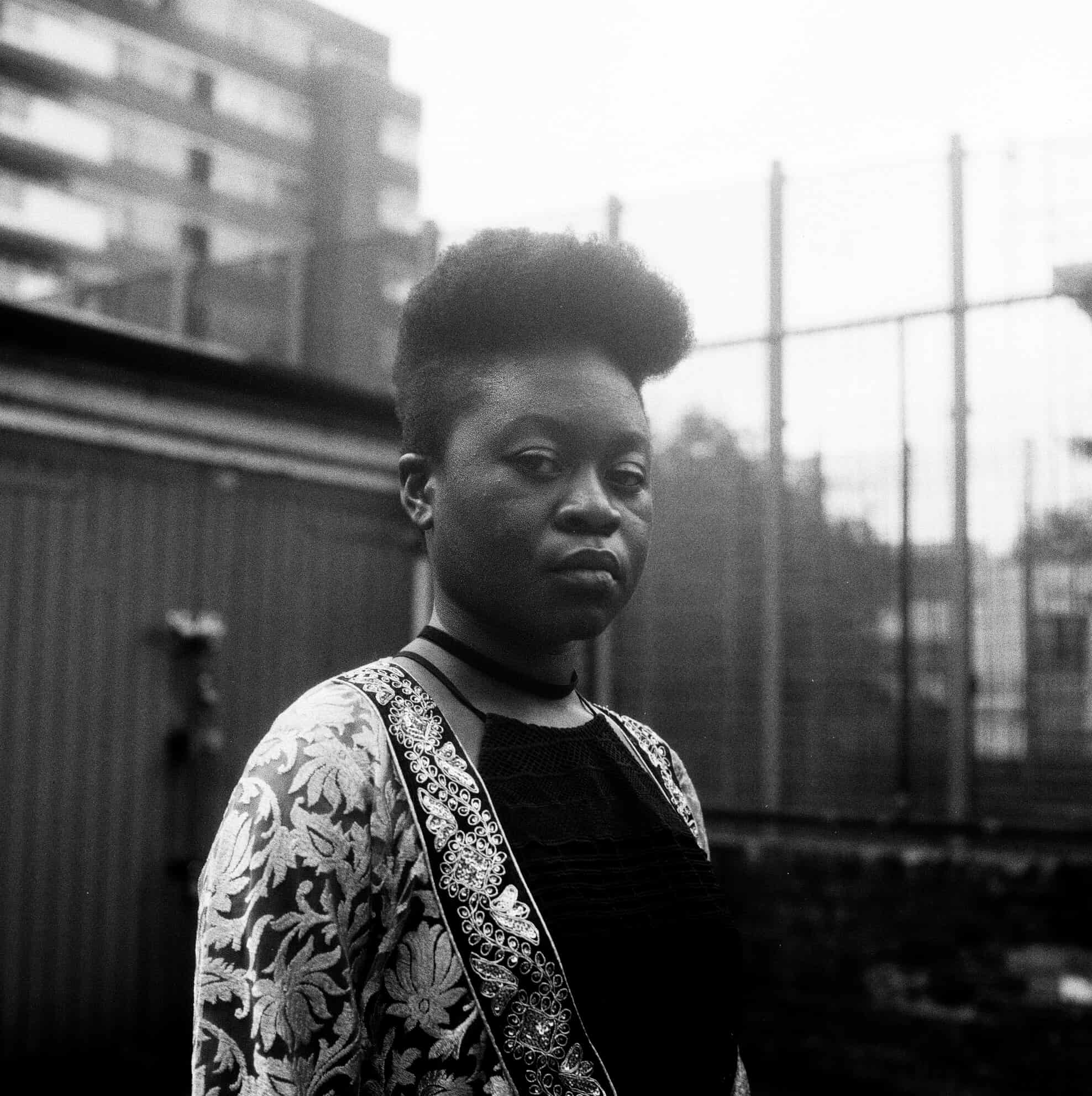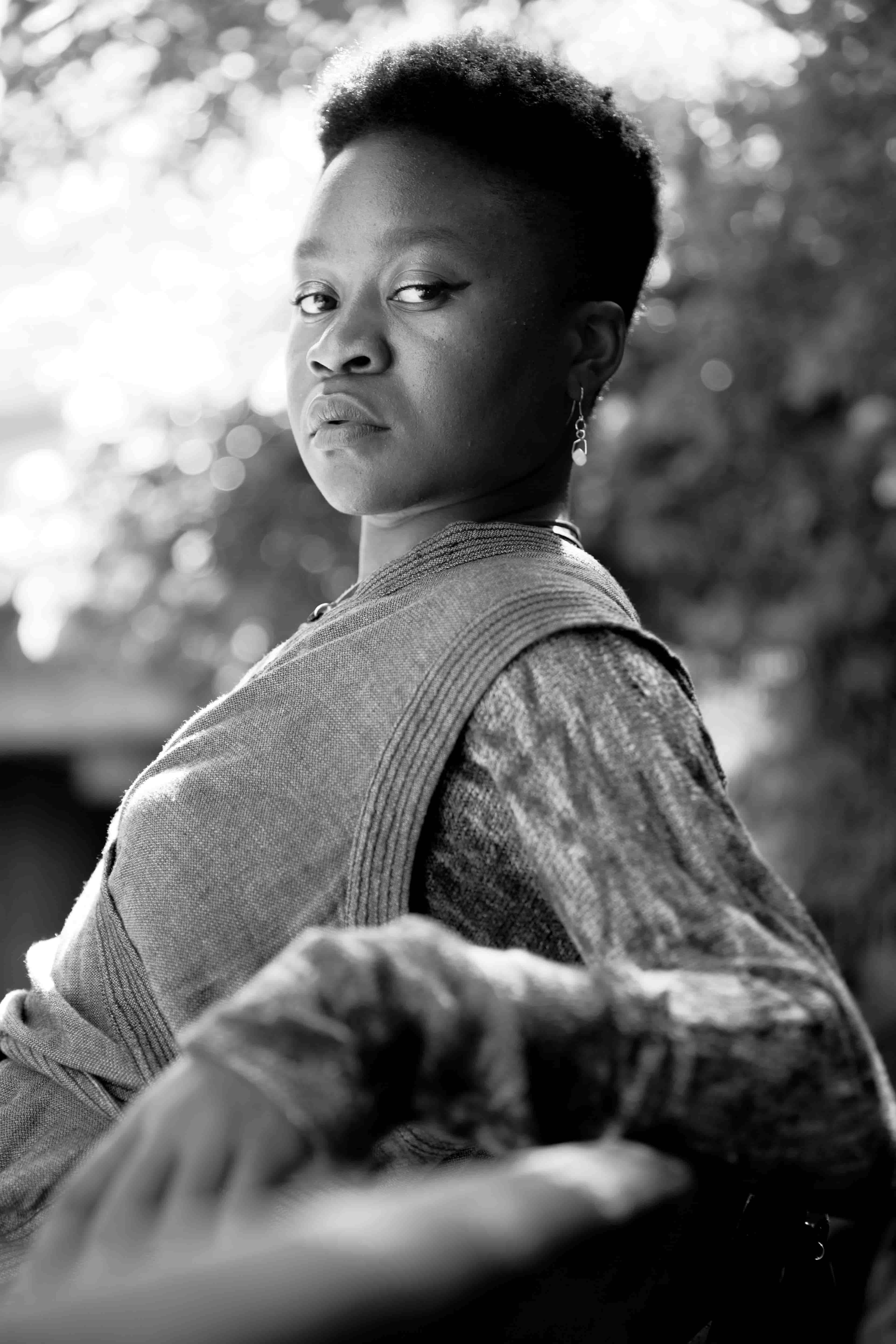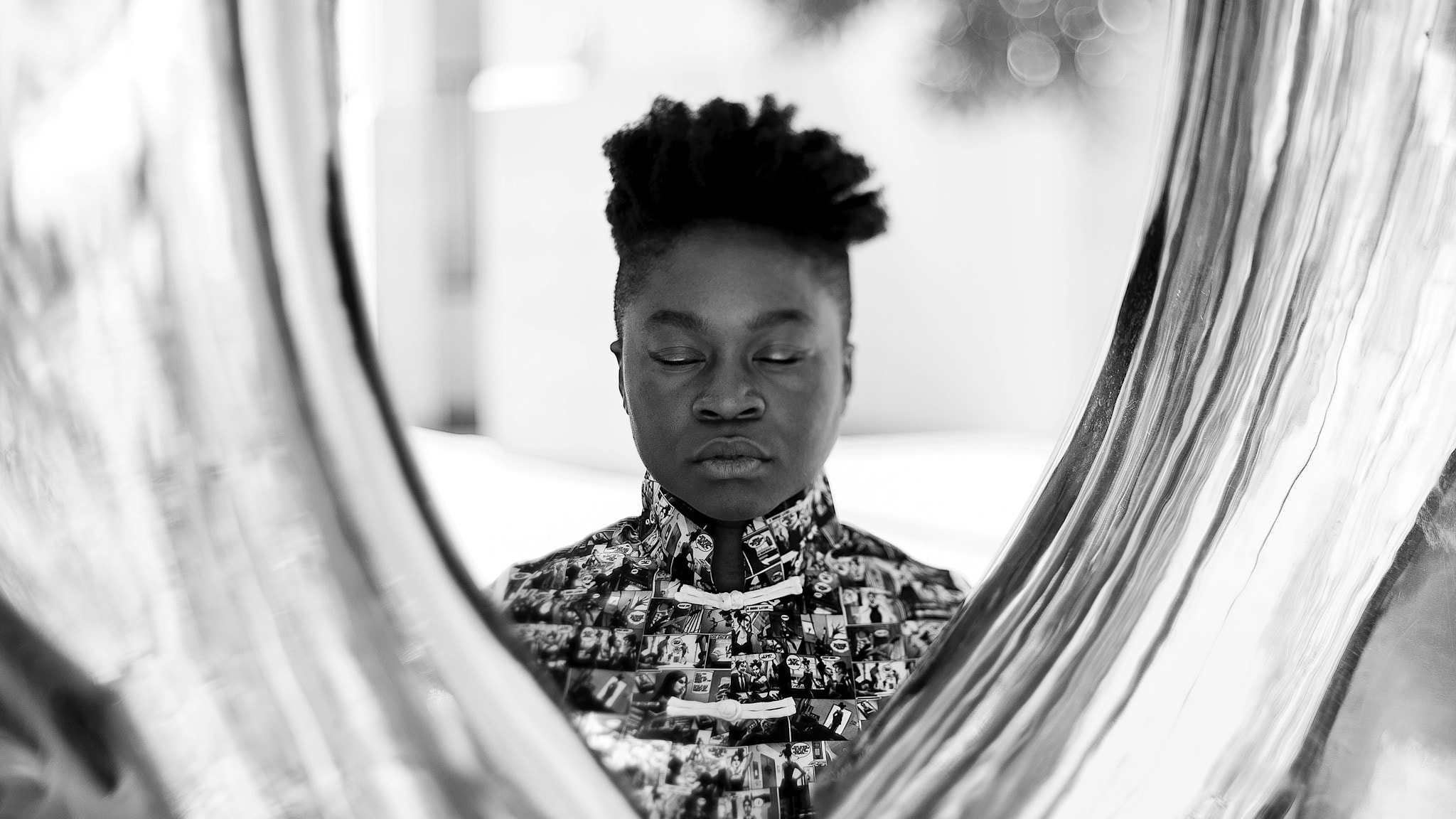We met with Sampa The Great, Zambian female poet and rapper who has just released the mixtape Birds And The BEE9 on UK label Big Dada.
Sampa Tembo’s music sounds like a mysterious and spiritual appeal coming from the imaginary land she’s invented. This is a country full of water-springs and branches located somewhere between Africa, the USA and Australia, where rap and chants converse with each other in a poetic language. After opening for Thundercat, Ibeyi, Hiatus Kaiyote and Kendrick Lamar, today she reveals her very last work, Birds And The BEE9. A mixtape oscillating between soul, jazz and boom-bap released on the UK label Big Dada on the 10th of November.
Here is the flash conversation we had in Paris when she came to perform in Paris. It turned out to be a cheerful and luminous moment.
You left Botswana for Australia a few years ago. How did it feel?
As I had already spent some time in the USA, it was not that big of a cultural shock, but it immediately seemed very different from home. Family is essential to our culture – you are raised by the whole village, and your aunts take care of you as if you were their own child. But there, we were just my sister and I, staying on this big continent for our studies. It was pretty frightening, especially for our parents.
—
“The boys at school would always tell me a girl couldn’t rap. I knew they were wrong because there was Lauryn Hill.”
—
What were you studying then?
Sound engineering. But I chose to study at the university mostly to please my dad, who kept on telling me that singer was not a proper profession. I took this exam in order to reassure him – “Here you go, Daddy, this diploma is for you!” – while recording my first music tracks, The Great Mixtape. It eventually was released when I had completed my course in 2015. My parents still think that was my end-of-studies project, hopefully. If not, they would have had a hard time accepting it. They’ve changed a lot since then, and they even came to attend the show I performed during the presentation of diplomas. They understood I was giving shows in proper venues, which eventually reassured them.
Have you always wanted to be a rapper?
I’ve started to compose at a very young age. At first, I penned just a few simple songs to help me cope with things that would upset me. Then I tried poetry. And eventually I discovered 2Pac: rhythm, poetry and rap! I wanted to do the same thing, too. At that time, I was at primary school and the boys would always tell me a girl couldn’t rap. But I already knew they were wrong because there was Lauryn Hill.

© Aria Shahrokhshahi
You grew up in Botswana. What does this country represent for you today?
Botswana is home to me. I’m Zambian but we moved to Botswana with my family when I was two. We would go to Zambia for the holidays and the important celebrations. So I really was raised between both countries and this has been a very rich experience. When I think about home today, I reckon I have two: my ancestors’ land and the place I grew up in.
Your work is deeply linked to your origins. For instance, you use the call-and-response / question-answer mode , typical of most of Zambia’s chants. This was later brought in the USA by the slaves, and became popular through jazz. And you can hear it everywhere in pop music these days.
Absolutely! I wanted listeners to feel the beauty that first moved me when I was a child – the repetitive chorus, the handclaps in the streets and the laughers of the children playing outdoors. And all these languages I wanted people to hear: “Rhymes To The East” features an interlude in Swahili language [A.N.: used in Burundi, Comoros, Kenya, Malawi, Mozambique, Uganda, the Democratic Republic of Congo, Rwanda, Somalia, Tanzania]. On “Healing” you can hear my father’s family language, Nyanja [A.N.: also called Chewa, this language is spoken in Malawi, Mozambique, Zambia and Zimbabwe]. I guess that with this work, I’ve never been so close to my identity.
—
“Music is very spiritual in Africa. I realized you could heal people’s minds through it.”
—
In Zambia, as in many other African countries, music plays a functional role in society, and is based on a lifelong-cycle rhythm. What lesson have you learned from this?
Music is very spiritual in Africa. I realized you could heal people’s minds through music. And the concept of harmony is to be found everywhere. When my aunts sang to celebrate births or deaths, they would instinctively reach the altos [A.N.: the highest part of a contrapuntal harmony] without having learned anything about vocal harmony. As if it had always been there, somewhere above them. I would think of this as a huge ocean.
Birds And The BEE9 features the track “Bye River”, which could make you think of the water that heals and purifies. Is your music a medication for the mind?
Absolutely, and I do hope the listeners too will get this point. As far as “Bye River” is concerned, this example is interesting because the theme tackles my own dilemma. I feel I’m torn in half, living in a country that is not mine. I have Black and Native friends among my friends and we all realize we’re not equal. Something pretty hard to cope with, because if you tackle the issue, people make you understand you don’t belong here. But you eventually talk because you feel a strong urge to express yourself.
Listen to Birds And The BEE9 on Spotify and Deezer.

© Modu Sesay
Cover by Priit Siimon




